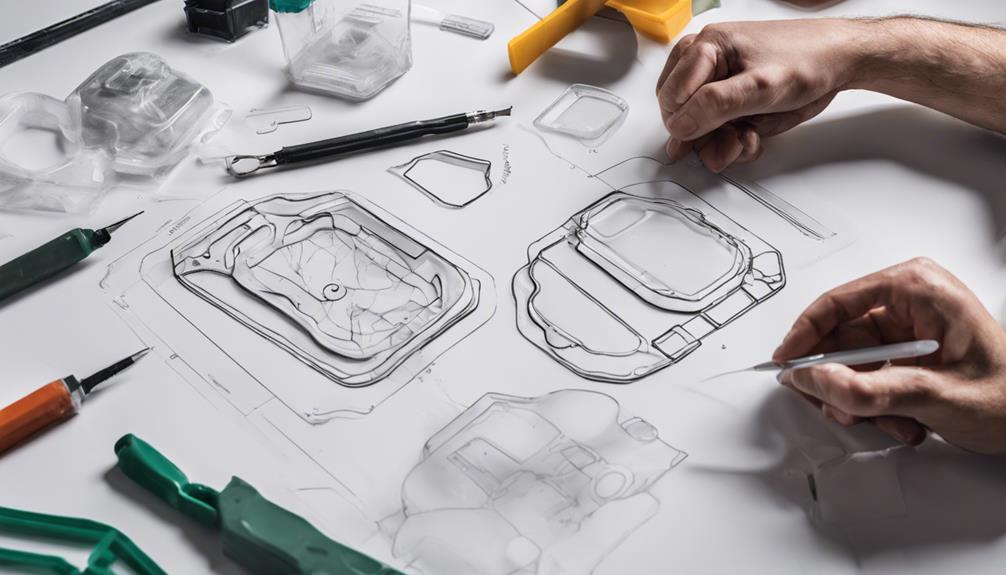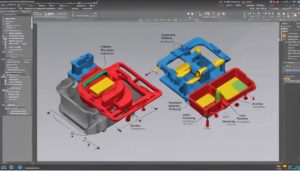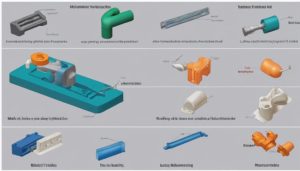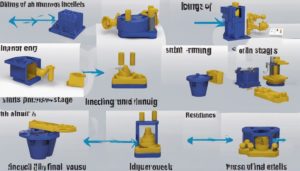Begin an injection molding plastics project by defining specifications, tolerances, and material requirements meticulously. Evaluate environmental considerations, assess budget constraints, and select the right injection molding process based on part complexity and production volume. Consider techniques such as overmolding for enhanced functionality, and follow cleanroom molding practices for contaminant-free production. Implement quality control measures, and optimize costs through cost-effective strategies. Choose between vertical and horizontal molding based on your project needs. Overmolding and insert injection offer unique design possibilities. This step-by-step guide outlines essential aspects for success in your injection mold plastics project.
Project Requirements Analysis
In conducting a Project Requirements Analysis for an injection mold plastics project, it is essential to define the specifications, tolerances, and material requirements with meticulous attention to detail and accuracy. The injection molded part's specifications must encompass factors such as volume, complexity, and desired surface finish to guarantee the final product meets expectations. Material requirements play a vital role in determining the part's properties, durability, and functionality. Additionally, environmental considerations should be evaluated to select materials that align with sustainability goals and regulatory standards. Budget constraints need to be carefully assessed to optimize costs without compromising quality.
Collaboration with design engineers is imperative to refine the part design for efficient injection molding processes. By integrating input from various stakeholders, the project can strike a balance between technical requirements, environmental sustainability, and financial feasibility. This thorough analysis sets the foundation for a successful injection molding project by establishing clear objectives, constraints, and parameters to guide the subsequent stages of development.
Injection Molding Process Selection
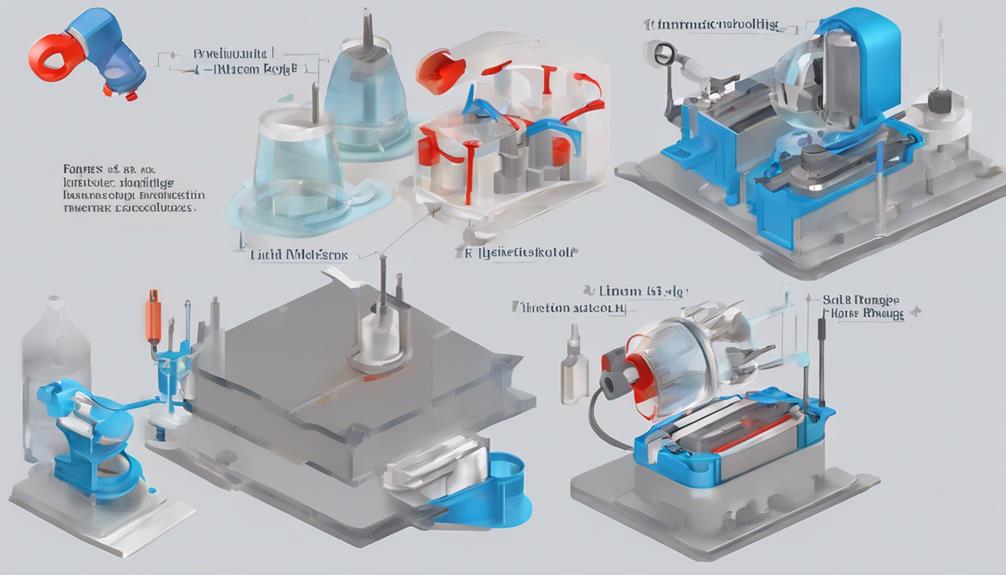
Considering factors such as part complexity, material properties, and production volume is crucial when determining the most suitable injection molding process for a plastics project. Various processes like thermoplastic injection molding, liquid silicone rubber molding, overmolding, and insert molding each offer unique advantages depending on project requirements.
Thermoplastic injection molding is commonly used for high-volume production due to its efficiency, while liquid silicone rubber molding is preferred for its flexibility and precision in creating intricate designs. Overmolding and insert molding are ideal for projects requiring specialized features or multiple materials in a single part.
It is essential to evaluate the specific needs of your project, whether it be precision, flexibility, efficiency, or specialized features, to choose the most appropriate injection molding process. Consulting with experienced mold designers and manufacturers is recommended to align the process with your project goals and budget constraints.
Selecting the right injection molding process can have a significant impact on the quality, cost-effectiveness, and overall success of your plastic injection mold project.
Choosing the Right Technique
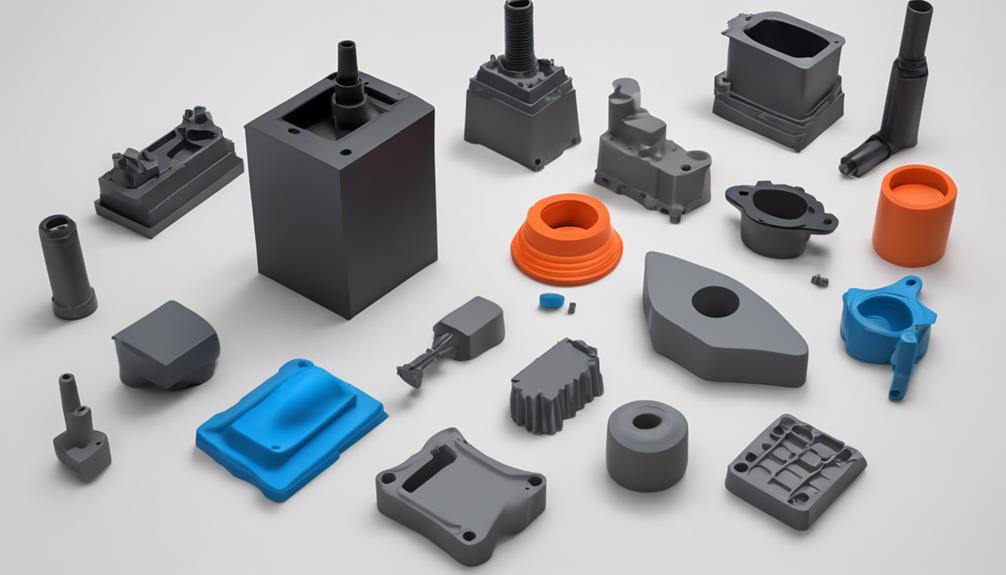
When selecting the appropriate injection molding technique for a plastics project, careful consideration of factors such as part complexity, material type, and production volume is crucial. Different techniques offer unique advantages based on the specific requirements of the project.
Overmolding is ideal for combining various materials to enhance functionality and aesthetics in a single part. Insert injection molding enables the integration of metal components or inserts into plastic parts during the molding process, providing added strength or functionality.
Cleanroom injection molding is essential for maintaining strict cleanliness standards, particularly in the production of medical devices, electronics, or other sensitive products where contamination must be minimized.
The choice of technique plays a critical role in achieving the desired part characteristics, quality, and cost-effectiveness for your injection mold plastics project. By selecting the most suitable technique based on material type, production volume, and part characteristics, you can secure the success of your project while optimizing efficiency and effectiveness.
Cleanroom Molding Practices
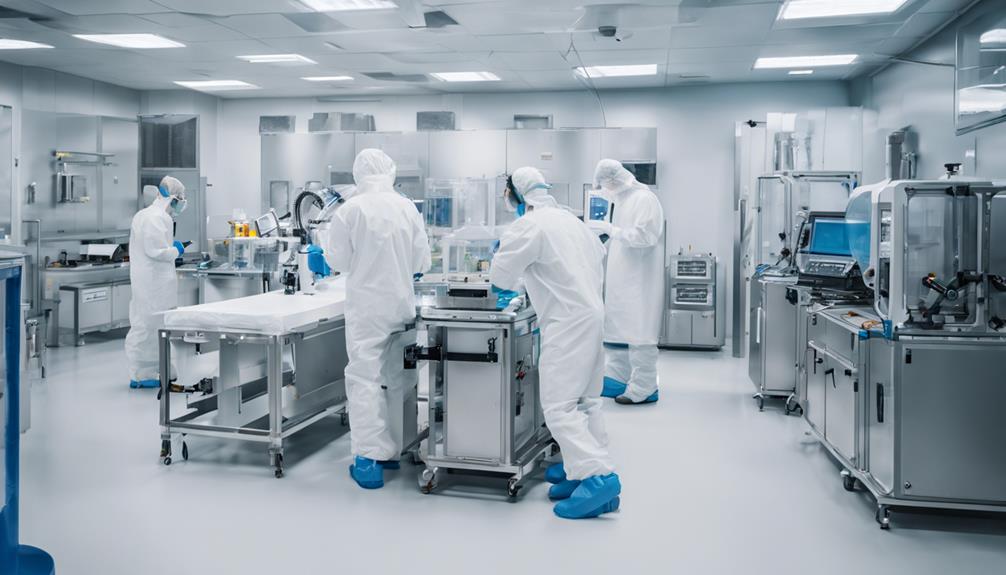
Cleanroom molding practices demand scrupulous adherence to strict cleanliness protocols to guarantee the production environment remains free from contaminants during the injection molding process. In industries such as medical devices and electronics, where part cleanliness is crucial, cleanroom molding plays an essential role in ensuring high-quality parts free from impurities. These controlled environments are equipped with specialized air filtration systems, stringent gowning procedures, and regular cleaning schedules to maintain cleanliness standards. By implementing cleanroom molding practices, manufacturers can prevent contamination from particulate matter, bacteria, and other pollutants, ultimately leading to the production of precise and high-quality components. The table below highlights key aspects of cleanroom molding practices:
| Cleanroom Molding Practices |
|---|
| Controlled Environment |
| Part Cleanliness |
| Medical Devices |
| Electronics |
| Contamination Prevention |
These practices are essential for achieving the stringent requirements of industries where cleanliness is critical.
Part Decoration Techniques
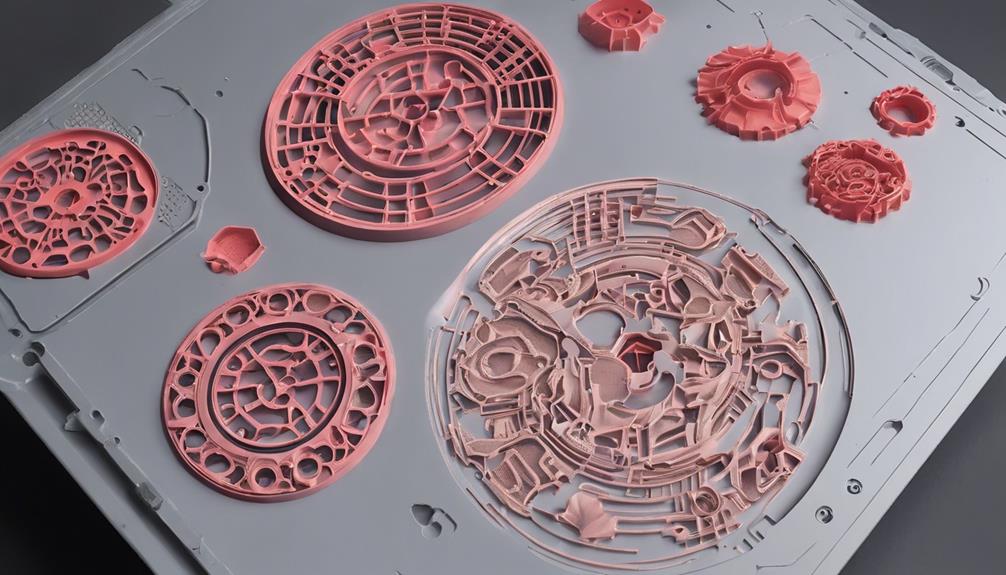
Maintaining a sterile production environment is imperative for cleanroom molding practices, ensuring that contaminants are kept at bay during the injection molding process. Now shifting focus to the techniques involved in enhancing the appearance and functionality of injection molded parts, we explore Part Decoration Techniques.
- Pad Printing: This method is essential for adding logos, text, or intricate designs to injection molded parts with precision and durability.
- Laser Engraving: Providing a high-quality and permanent marking solution, laser engraving is commonly used for branding or labeling injection molded parts.
- Pickouts: By selectively removing material, pickouts create textured or raised surfaces on injection molded parts, offering a unique aesthetic appeal.
- Customization: Part decoration techniques are vital for customizing and adding value to injection molded products across various industries and applications. These methods play a significant role in branding and enhancing the visual appeal of the final products.
Part Assembly Methods
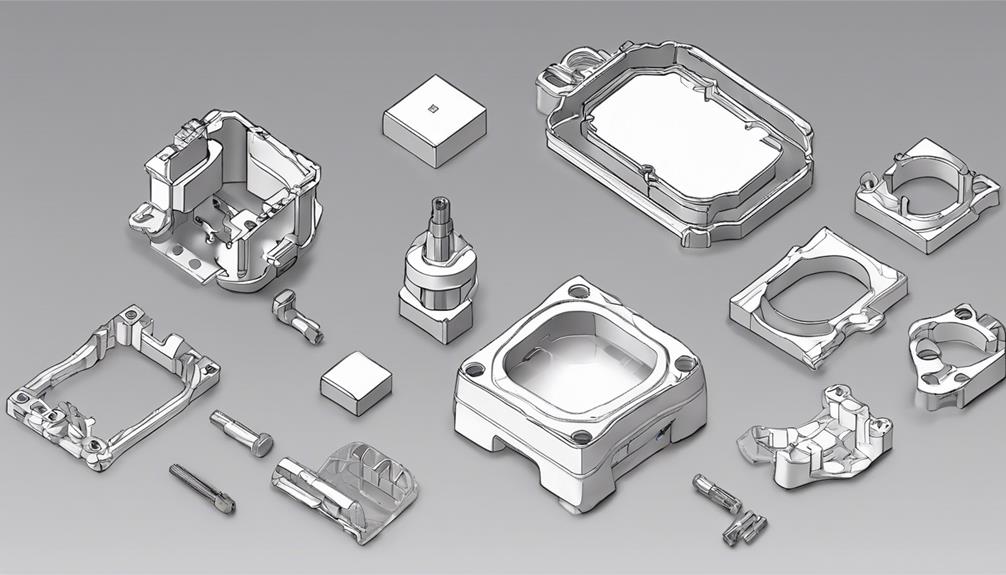
Efficient part assembly methods are essential components of successful injection molding projects, ensuring precise alignment and integration of individual components. In injection molding, part assembly methods primarily involve manual assembly, automated assembly, and robotic assembly. Automation technologies such as pick-and-place systems and robotic arms play a significant role in achieving efficient part assembly processes.
These methods are vital for ensuring proper alignment, fitting, and connection of individual components within a product. The choice of assembly method can vary depending on factors such as part complexity, volume requirements, and production efficiency goals.
Proper part assembly is paramount for ensuring overall product functionality, durability, and quality in injection molding projects. By utilizing advanced assembly techniques and technologies, manufacturers can enhance the consistency and accuracy of their assembly processes, ultimately leading to high-quality end products that meet customer expectations.
Monitoring Manufacturing Process
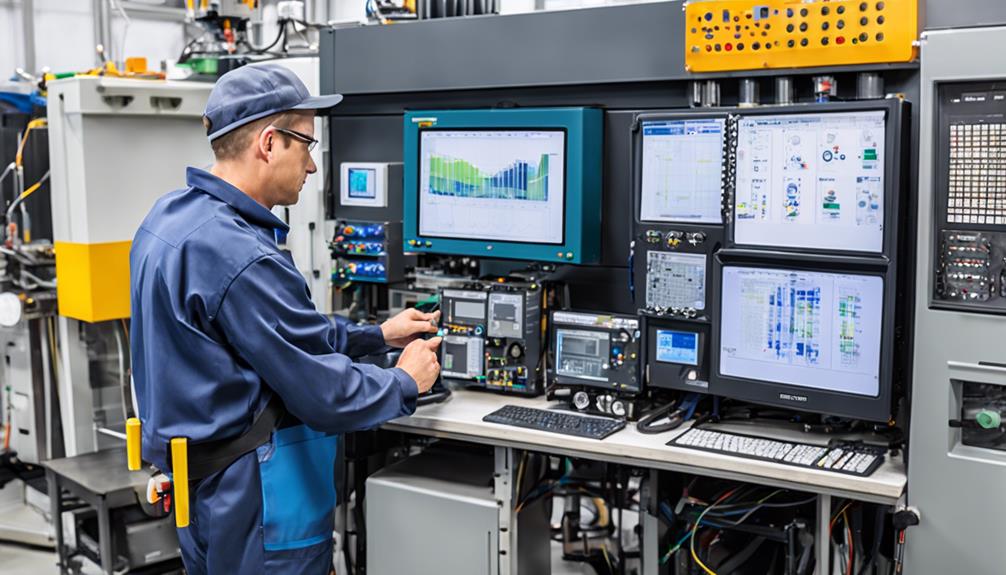
To guarantee top production outcomes and quality standards, careful monitoring of the manufacturing process through Statistical Process Control (SPC) and real-time sensor tracking is imperative.
- Implement Statistical Process Control (SPC): Utilize SPC techniques to monitor key parameters during the injection molding cycle, ensuring process stability and consistency.
- Utilize Sensors and Monitoring Systems: Employ sensors to track variables such as temperature, pressure, and cycle times in real-time, providing insights into the molding process.
- Regular Data Analysis: Analyze production data regularly to identify trends, deviations, and opportunities for process improvement, enhancing overall efficiency and quality.
- Quality Inspections: Conduct quality inspections at specified intervals to verify adherence to standards, detect any issues early on, and maintain the quality of the parts being produced.
Quality Control Practices
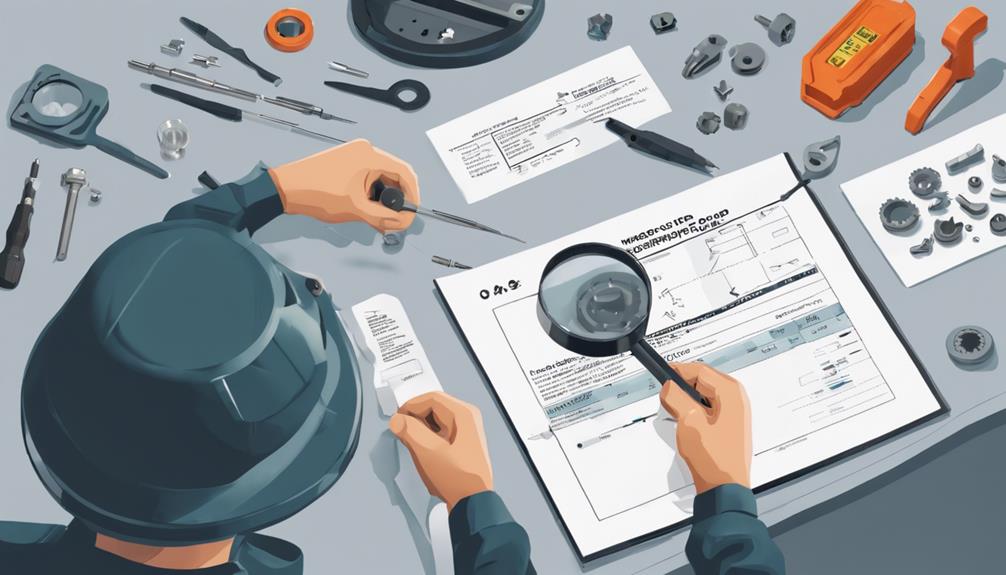
Building upon the foundation of implementing Statistical Process Control and monitoring the manufacturing process, effective quality control practices are paramount in ensuring the consistency and adherence to standards in injection mold plastics projects.
Quality control in injection molding involves rigorous quality inspections at various stages of the production process to verify that part quality meets specified standards.
By continuously monitoring and optimizing manufacturing processes, companies can achieve the dual goals of enhancing part quality while ensuring cost-effectiveness.
Adherence to specifications throughout the production cycle is essential to delivering high-quality parts consistently.
Implementing robust quality control measures not only helps in identifying and rectifying defects promptly but also contributes to overall process improvement and customer satisfaction.
Through a systematic approach to quality control, manufacturers can uphold the integrity of their products and build a reputation for reliability and excellence in the injection mold plastics industry.
Cost-Effectiveness Strategies
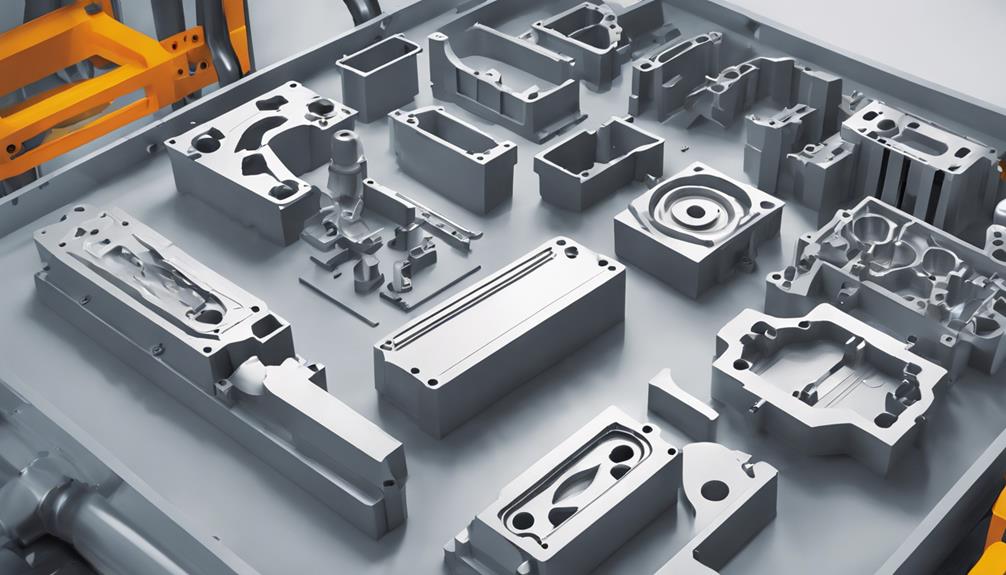
How can injection mold plastics projects optimize cost-effectiveness without compromising quality or performance? To achieve this balance, consider the following strategies:
- Standard Mold Sizes: Opt for standard mold sizes to reduce tooling costs and lead times. Standardization allows for cost savings and quicker production turnaround.
- High-Volume Production: Embrace high-volume production runs to benefit from economies of scale. Higher quantities often result in lower part costs per unit, increasing overall cost-effectiveness.
- Resin Choice: Select cost-effective mold materials and resin options that meet your project requirements. Balancing quality with affordability is key to optimizing cost-effectiveness.
- Lean Manufacturing: Implement lean manufacturing principles to minimize waste and streamline production processes. By reducing cycle times and optimizing resources, lean practices contribute to overall cost savings.
Vertical Vs. Horizontal Molding
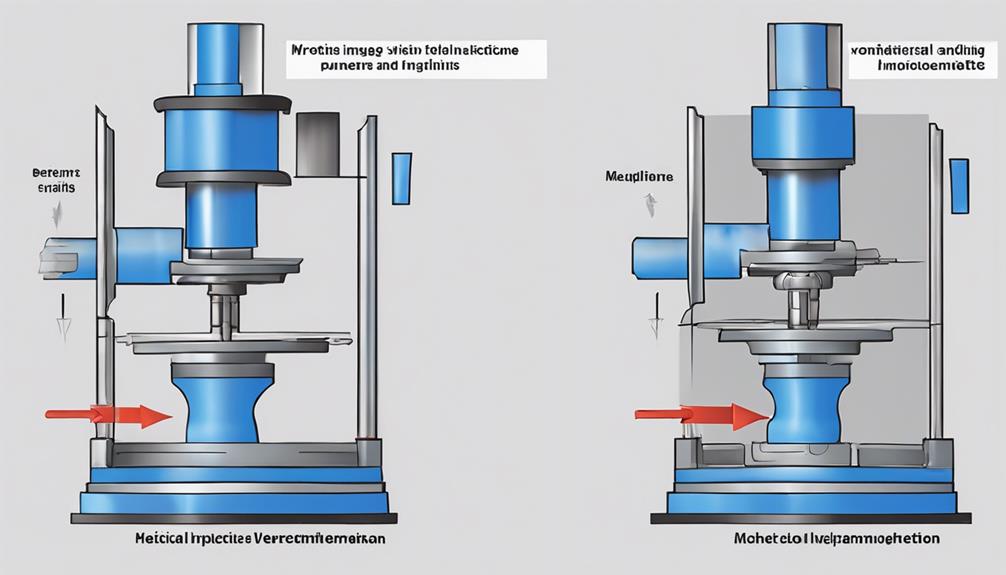
Considering the requirements of the project and factors such as part size, production volume, and tooling complexity, the choice between vertical and horizontal molding in injection mold plastics projects plays a critical role in determining the manufacturing approach.
Vertical molding machines excel in insert molding and overmolding applications due to their design, which facilitates these processes. They also offer advantages such as minimized floor space requirements and gravity-assisted molding.
On the other hand, horizontal molding machines are favored for high-volume production of parts with consistent wall thickness and complex geometries. Their horizontal layout provides efficient access for automation, ensuring process repeatability by enabling uniform mold filling and cooling.
Deciding between vertical and horizontal molding hinges on considerations like the specific part size, the required production volume, the complexity of tooling needed, and the project's unique demands. Each type of molding machine brings its own set of benefits and is suited to different production scenarios.
Overmolding and Insert Injection
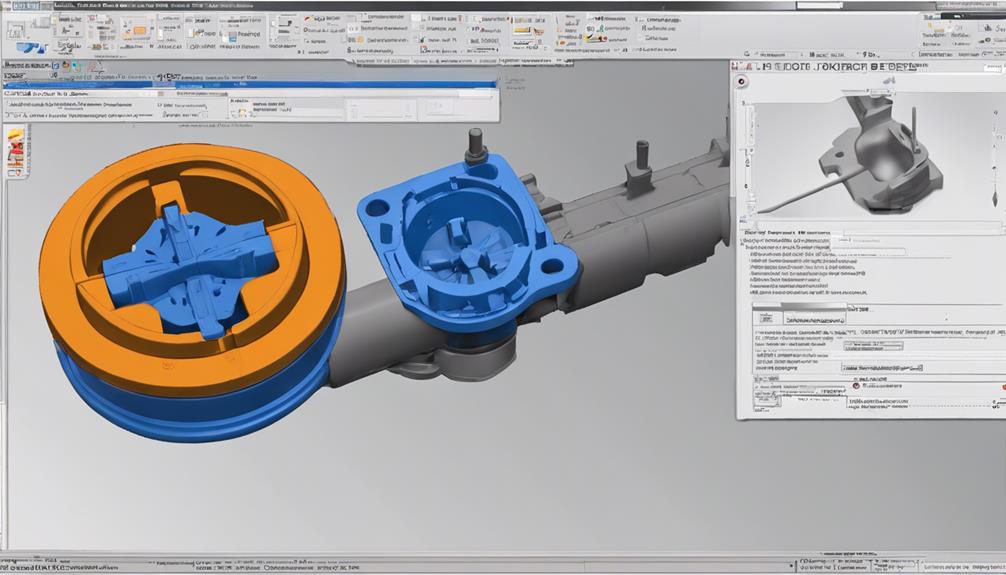
Overmolding and insert injection are advanced techniques in injection molding that offer unique advantages in creating complex plastic parts.
Overmolding allows for the combination of different materials to improve functionality and aesthetics, while insert injection enables the integration of pre-formed components for added strength and functionality within the part.
Understanding the benefits and techniques of these processes is essential for achieving desired outcomes in injection mold plastics projects.
Overmolding Benefits
Utilizing the innovative technique of overmolding in injection mold plastics projects offers a diverse range of benefits, including enhanced product functionality and aesthetics through the integration of multiple materials or colors. Some benefits of overmolding include:
- Enhanced Product Functionality: By combining materials with different properties, overmolding can greatly enhance the functionality of the final product.
- Improved Product Durability: The use of multiple materials in overmolding can increase the durability and longevity of the product.
- Reduction in Assembly Steps: Overmolding can streamline the manufacturing process by reducing the number of assembly steps required.
- Unique Design Possibilities: Overmolding enables the creation of intricate designs and unique features, such as multi-color buttons on electronics, that would be challenging to achieve with traditional molding techniques.
Insert Injection Techniques
Insert injection techniques in plastic molding projects involve the integration of preformed components into the mold before the plastic injection process, enabling the creation of complex part designs.
Overmolding, a type of insert injection molding, allows for molding one material over another to create a single integrated part. This technique enhances functionality, improves product durability, reduces assembly steps, and enhances aesthetics.
Insert injection molding also facilitates the integration of metal components into plastic parts, expanding design possibilities.
Both overmolding and insert injection molding offer cost-effective solutions for producing complex parts with varied materials and properties, making them advantageous choices for projects requiring intricate designs and material integration.
Frequently Asked Questions
What Is the Process of Injection Molding Step by Step?
The process of injection molding involves several distinct steps. First, the mold is clamped to secure it in place. Then, molten plastic is injected into the cavity of the mold. The plastic is cooled within the mold to achieve the desired shape. Finally, the molded part is ejected from the mold.
This methodical approach ensures the solidification of the part, which is essential for maintaining structural integrity and dimensional accuracy. Monitoring the entire process is crucial for quality control and reliability in injection molding production.
How Do You Start Injection Moulding?
To commence an injection molding process, thoroughly analyze project requirements, design the part meticulously using CAD software, choose a compatible mold material, engage skilled mold designers for precise mold creation, and conduct prototyping and testing phases for validation.
How Does Plastic Start for Injection Molding?
Plastic for injection molding begins as small pellets or granules composed of materials such as polyethylene, polypropylene, or ABS.
These raw materials are melted into a molten state within the injection molding machine.
The molten plastic is then injected into the mold, where it is shaped and cooled to form the desired part.
This process allows for precise control over the material, ensuring consistency and quality in the final product.
What Is the First Thing You Have to Do When Operating the Plastic Injection Mold Machine?
The primary step in operating a plastic injection mold machine is vital for ensuring a successful production run. By securely clamping the mold in place, the foundation is set for precision and efficiency in the manufacturing process.
This first action lays the groundwork for subsequent steps such as material loading and parameter setting, ultimately leading to the creation of high-quality plastic parts.
Conclusion
To sum up, undertaking an injection mold plastics project is like maneuvering through a intricate maze of precision and expertise. Each step must be carefully calculated and executed with unwavering precision, much like a skilled conductor leading a symphony orchestra.
By following the systematic approach outlined in this guide, one can guarantee the successful realization of their vision, with each component harmoniously coming together like a well-oiled machine.
